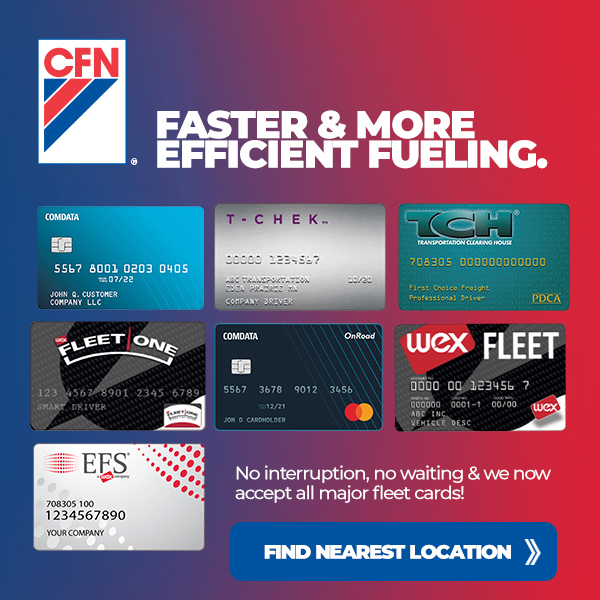
By Matthew Betz, Vice President Business Development, Fleet at Motus, LLC
“The lessons of the past are ignored and obliterated in a contemporary antagonism known as the generation gap.” – Spiro T. Agnew
Looking at the above quote from Spiro T. Agnew, a reader would conclude that it’s the fault of following generations that the lessons of the past are “ignored”—but I’m not sure those generations are any different from the one to which I belong (Baby Boomers) or any other past generation. If you are like me, you probably remember clearly realizing that your parents, or others older than us, couldn’t possibly be any more clueless—that they had no idea what our generation was facing, that whatever they went through at our age couldn’t have any possible relevance to our lives—and, to some degree, we were correct.
After all, the definition of a generation is “A group of people living at the same time who are influenced by the same significant events during their formative years.” It’s no wonder that we don’t understand generations other than our own. Their set of significant events differs from ours. They have developed different priorities due to those experiences, and, more to the point of this article, they require different communication styles, motivations, or ramifications. So, the generation gap may not be as much about younger generations ignoring the past as it is about all generations learning to communicate better with one another.
Before we get into a discussion about how to effectively communicate with the different generations represented in our driver base, let’s take a few minutes to review the generations that we’re most likely to encounter in today’s workplace.
Generation Y – Born between 1980-2000
Description – Mobile Workers born into this generation were influenced by the Iraq War, school shootings, 9/11, and catastrophic natural disasters. They have multi-tasking abilities, are well-educated, have few gender or ethnicity issues, and generally are polite with a strong moral code. When working with Generation Y: challenge them, celebrate success, invest in their future, and vary their work.
Generation X – Born between 1965-1990
Description – People in Generation X were influenced by the crumbling of the Berlin Wall, the assassination of John Lennon, the space shuttle success and the targeting of a Pope by terrorists. They are committed, need a lot of feedback, are self-sufficient, and are technically adept. When working with Generation X: give them independence, offer flexible hours, instill a sense of security, and don’t micro-manage.
Baby Boomers – Born between 1946-1964
Description – Woodstock, The Vietnam War, the civil rights movement and the assassination of John Kennedy all had an impact on this generation. Baby Boomer fleet drivers want to be agents for change, value relationships, are driven to excellence, are optimistic and have a sense of personal responsibility. For greatest success in dealing with this generation, be sure to offer a mix of old and new, show that you value their knowledge, remember that they are at the end of their career, and offer some flexibility in their job.
Silent Generation – Born between 1925-1945
Description – These Modern Mobile Workers lived through the Depression, World War II, the Cold War and the Korean War. Drivers in this generation are civic-minded, cautious and conservative, play by the rules, and are fair and open. You will be most successful with this generation if you openly value their contributions, ask for their insights, use them as ambassadors for the organization, and provide them technical support.
Communicating Across Generations
As you can see, each of these generations was heavily influenced by the experiences that they shared. That creates similarities that we should be aware of when dealing with them. Of course, there are exceptions, but the guide above might be helpful when creating communications, designing programs, or developing incentives.
So, what is a fleet professional to do with this information? It’s obvious that we can’t customize our communications or incentives to each individual driver, but knowing that we have different generations represented in our fleet can still be helpful in getting drivers to do what we need them to do. For instance, if you send out a survey prior to initiating a program, Baby Boomers and the Silent Generation will appreciate the opportunity to provide input. When creating incentives, you might offer a choice of rewards designed to appeal to each group. For instance, giving a choice between time off and an instant bonus check would appeal to Baby Boomers, Generation Y and Generation X.
Being aware of the generations that make up our workforce, and appealing to each, may require some extra thought and work, but can also produce valuable results in the long run. As always, I welcome your comments, questions, or concerns. I can be reached at [email protected].




